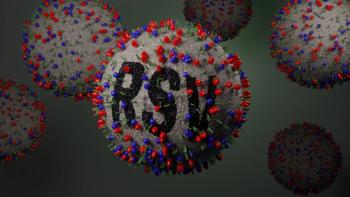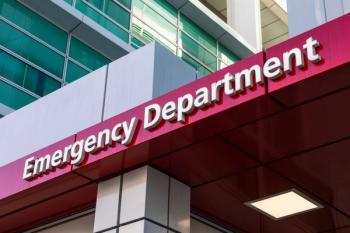
Take this quiz and test your knowledge of the American Academy of Pediatrics' recommendations for routine use of influenza vaccines, medications for the prevention and treatment of pediatric influenza.

Take this quiz and test your knowledge of the American Academy of Pediatrics' recommendations for routine use of influenza vaccines, medications for the prevention and treatment of pediatric influenza.

With useful tips from the American Academy of Pediatrics, parents can ring in 2024 the right way, with healthy digital habits, increased reading, and more family activities to benefit their children.

The American Academy of Pediatrics (AAP) offers nutritional guidelines for pediatricians to use specifically during the pandemic.

According to the American Academy of Pediatrics (AAP), it is recommended that 45% to 65% of total daily calories come from carbohydrates, though very low-carbohydrate diets allow for 20 to 50 grams per day.

From receptions to engaging lectures, wellness services, and product theaters, check out the exhibition floor at this year’s AAP meeting.

The recommendation from the American Academy of Pediatrics (AAP) follows the unanimous recommendation by the CDC advisory group for routine use of nirsevimab in newborns and infants younger than 8 months born into or entering their first RSV season.

Share this link with your patients' parents so they can review the latest back-to-school tips for them and their child as the fall approaches.

Updated guidance for pediatricians that interact with children and their families, who need a potentially life-saving organ donation or transplantation, has been released by the American Academy of Pediatrics (AAP).

About 1 in 4 children are exposed to intimate partner violence (IPV) in their lifetime, according to the American Academy of Pediatrics. The AAP has released tips and recommendations for pediatricians to help support these patients and their families.

Not forcing affection, using appropriate language, and controlling media exposure are just some of the American Academy of Pediatrics’ tips for teaching children about body boundaries and safety.

The North American Society for Pediatric and Adolescent Gynecology’s position statement to eliminate period poverty has acquired a recent endorsement from the American Academy of Pediatrics.

The American Academy of Pediatrics recently released several tips to prevent medication poisoning in young children because of a rise in opioid-related poisonings from 2005 to 2018.

In a new policy statement, the American Academy of Pediatrics has provided guidelines on reducing crowding in emergency departments.

In an updated policy statement, the American Academy of Pediatrics has provided recommendations for providing children with safe drinking water from private wells.

The American Academy of Pediatrics has released a new policy statement on how health care providers can meet the needs of hospitalized adolescents.

The February 2023 edition of Pediatrics included evidence-based guidelines from the American Academy of Pediatrics on evaluating and treating obesity in children and adolescents.

The American Academy of Pediatrics has updated their report, “Exploitation, Labor and Sex Trafficking of Children and Adolescents: Health Care Needs of Patients,” to provide updated guidance on how physicians can recognize and help children and adolescents subjected to trafficking or exploitation.

The American Academy of Pediatrics has provided 10 tips parents and guardians can utilize to keep their children warm and safe outdoors this winter.

In a recent report, the American Academy of Pediatrics outlined steps parents and pediatricians can take to prevent tooth decay in pediatric patients.

The AAP recently released a list of 5 frequent conditions in pediatric patients which often see unnecessary testing.